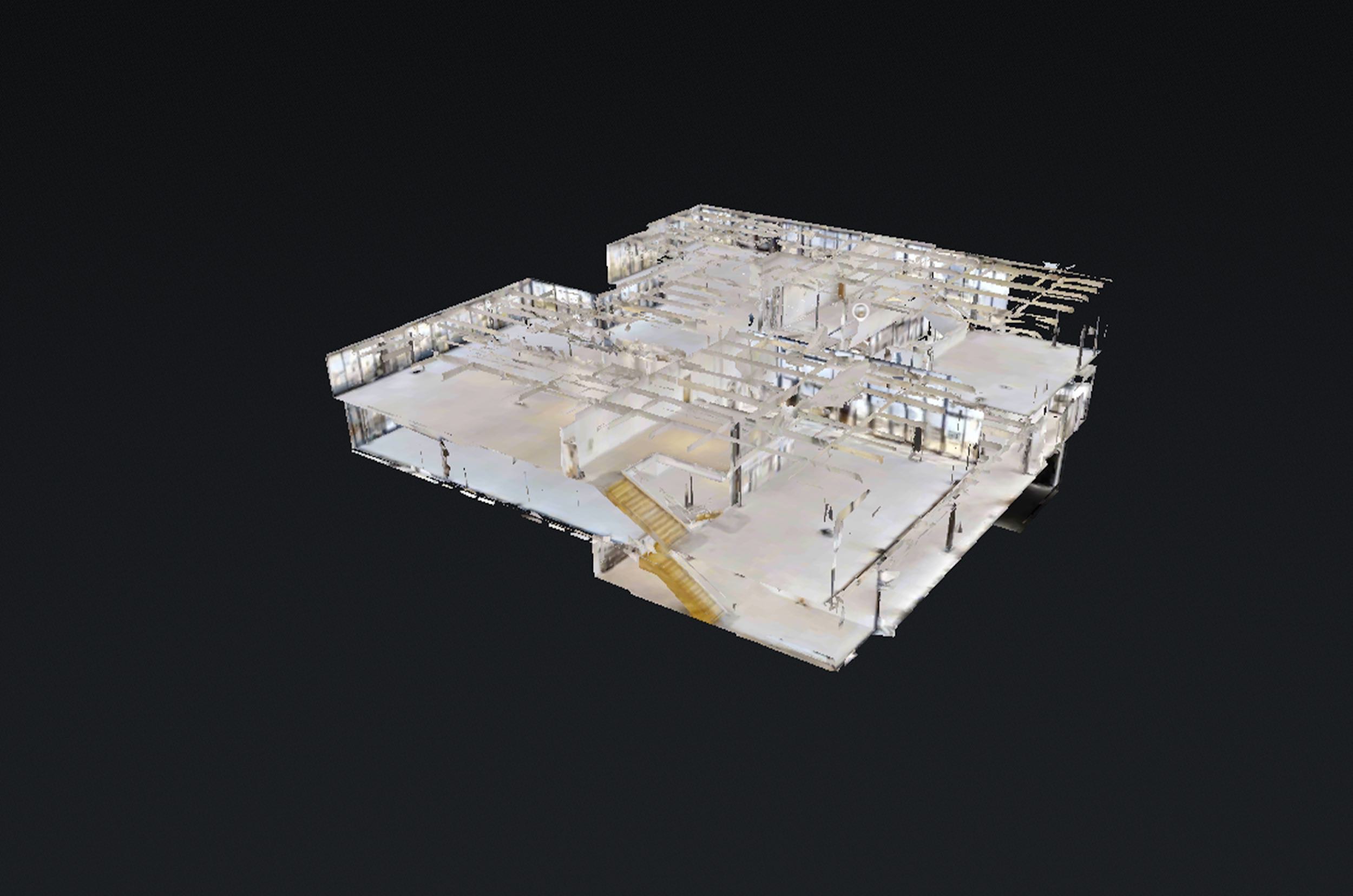In the digital age, technology has transformed the way we experience entertainment. One revolutionary innovation is interactive 360 virtual tours, which have taken the world by storm with their immersive and engaging experiences. While these tours have traditionally been associated with real estate and travel, they are now becoming an integral part of the entertainment industry.
In this blog, we will explore the fascinating world of using interactive 360 virtual tours for fun entertainment centers, unveiling new ideas and advice to enhance the entertainment experience for patrons like never before.
- An Immersive Journey: Interactive 360 virtual tours provide a dynamic and interactive way for visitors to explore entertainment centers virtually. Users can navigate through different sections of the center, experiencing a realistic sense of being present at the venue.
- Pre-Visit Excitement: Entertainment centers can leverage interactive virtual tours to generate pre-visit excitement among potential visitors. By offering sneak peeks of thrilling attractions and activities, guests will be enticed to experience the venue in person.
- Interactive Gaming Zones: Incorporate interactive gaming zones within the virtual tour, allowing users to engage in mini-games or challenges while exploring the entertainment center. This gamification aspect adds an extra layer of enjoyment and keeps visitors captivated.
- Seamless Ticket Booking: Integrate a user-friendly ticket booking system directly into the virtual tour interface. This allows visitors to purchase tickets and reserve time slots for activities seamlessly, enhancing convenience and encouraging conversion.
- Personalized Experience: Implement personalization features that cater to individual preferences. For example, visitors can customize their virtual tour experience by selecting attractions, events, or shows they are interested in, creating a tailored journey.
- Live Streaming Events: Offer live streaming of events, shows, or performances within the virtual tour. This feature enables virtual attendees to participate in real-time events, adding an extra layer of excitement and inclusivity.
- Virtual Souvenir Shops: Incorporate virtual souvenir shops where visitors can browse and purchase merchandise from the comfort of their homes. This not only boosts revenue but also serves as a keepsake of the virtual experience.
- Engaging Storytelling: Use interactive 360 virtual tours as a storytelling platform to share the history and unique aspects of the entertainment center. Engaging narratives can make the experience more memorable and create a sense of emotional connection.
- Social Media Integration: Allow users to share their virtual tour experiences on social media platforms, encouraging word-of-mouth marketing and expanding the entertainment center’s online presence.
- Augmented Reality (AR) Enhancements: Merge interactive 360 virtual tours with augmented reality (AR) elements. For instance, users can point their smartphones at designated locations and see virtual characters or animations come to life.
- Interactive Performances: Enable virtual attendees to interact with performers or characters within the entertainment center. Incorporate live chat features or virtual meet-and-greet opportunities for a truly interactive experience.
- Virtual Theme Park Rides: For theme parks, create virtual rides that mimic the actual experience of popular attractions. Utilizing cutting-edge technology, visitors can virtually enjoy thrilling roller coasters and rides from anywhere in the world.
- Virtual Escape Rooms: Develop virtual escape rooms within the interactive tour, providing challenging puzzles and adventures for users to solve and enjoy virtually.
- Interactive Trivia and Challenges: Incorporate interactive trivia games and challenges throughout the virtual tour, where visitors can test their knowledge and compete against friends and family for fun prizes.
- Collaborations with Influencers: Partner with social media influencers or content creators to promote the virtual tour experience. Influencers can share their unique perspectives and experiences, attracting their followers to explore the entertainment center virtually.
- Multi-Language Support: Include multi-language support in the virtual tour, allowing visitors from diverse backgrounds to enjoy the experience in their native languages.
- Educational Elements: Entertainment centers can use interactive 360 virtual tours as educational tools, offering insights into various exhibits, attractions, or behind-the-scenes operations.
- Virtual Concerts and Performances: Host virtual concerts or performances within the interactive tour. This can extend the entertainment center’s reach beyond physical boundaries and attract a global audience.
- Interactive Scavenger Hunts: Organize virtual scavenger hunts within the interactive tour, encouraging visitors to explore different sections of the entertainment center in search of hidden clues or rewards.
- User-Generated Content: Encourage visitors to share their virtual tour experiences by submitting photos or videos. Display user-generated content on the entertainment center’s website or social media platforms to build a sense of community among attendees.
Conclusion
Interactive 360 virtual tours have redefined the entertainment experience, providing exciting and innovative ways for entertainment centers to engage their audiences. By incorporating interactive gaming zones, virtual souvenir shops, live streaming events, and AR enhancements, entertainment centers can captivate visitors and create unforgettable experiences.
The possibilities are endless, and embracing these new ideas and advice will undoubtedly elevate the entertainment center’s appeal, attracting more patrons and fostering a sense of anticipation and excitement. As technology continues to evolve, interactive 360 virtual tours will remain at the forefront of the entertainment industry, transforming how we experience fun and leisure in the digital age.







